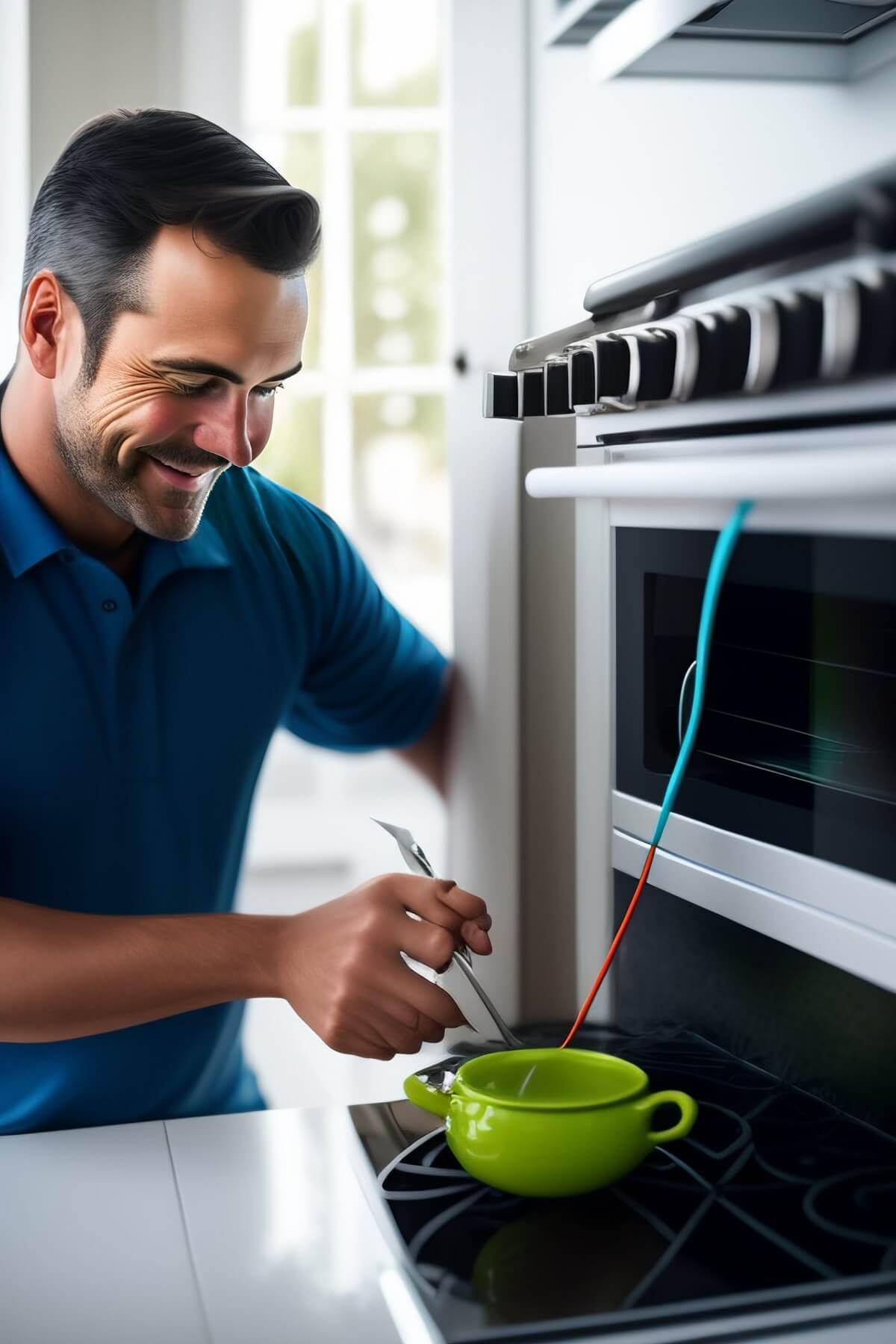Electric stoves are a staple in modern kitchens, providing a convenient and efficient way to prepare meals. However, like all appliances, they are prone to wear and tear and may require repair. Understanding the basics of electric stove repair can save you time and money, and ensure that your appliance operates safely and effectively.
The Importance of Electric Stove Maintenance
Regular maintenance of your electric stove not only prolongs its lifespan but also ensures that it operates efficiently. Neglecting minor issues can lead to more significant problems, increasing the risk of costly repairs or even replacement.
Common Electric Stove Problems
Some of the most common issues with electric stoves include malfunctioning burners, temperature regulation problems, and electrical faults. Identifying these issues early can help prevent further damage.
Types and Categories of Electric Stoves
Electric stoves come in various types, each with unique features and potential issues. Understanding these can help you troubleshoot and repair more effectively.
Coil-Type Electric Stoves
Coil-type stoves have exposed heating elements and are relatively simple to repair. Common problems include burnt-out coils and faulty connections.
Smooth-Top Electric Stoves
Smooth-top stoves have a sleek design with heating elements underneath a glass or ceramic surface. Issues often involve the surface becoming scratched or cracked, or the elements not heating properly.
Induction Electric Stoves
Induction stoves use electromagnetic fields to heat cookware directly. These stoves are highly efficient but can be more complex to repair due to their advanced technology.
Symptoms and Signs of Electric Stove Problems
Identifying the symptoms of a malfunctioning electric stove can help you diagnose and repair the issue quickly.
Uneven Heating
If your stove heats unevenly, it could be due to a faulty burner, a damaged heating element, or issues with the control switch.
Burner Not Heating
A burner that fails to heat up could indicate a problem with the burner itself, the receptacle, or the infinite switch.
Stove Won’t Turn On
If your stove doesn’t turn on, check the power source, circuit breaker, and any visible wiring for faults.
Causes and Risk Factors
Understanding the causes and risk factors for electric stove problems can help you take preventative measures.
Wear and Tear
Regular use can lead to wear and tear on the heating elements, control switches, and other components.
Power Surges
Power surges can damage the electrical components of your stove, leading to malfunction.
Improper Use
Using the stove improperly, such as placing oversized cookware on small burners, can cause damage over time.
Diagnosis and Tests
Proper diagnosis is crucial for effective repair. Here are some common diagnostic tools and methods.
Multimeter Testing
A multimeter can help you check for continuity and voltage, essential for diagnosing electrical issues.
Visual Inspection
Inspecting the stove visually can help identify obvious issues such as damaged wires or burnt-out components.
Component Testing
Individual components such as burners, switches, and receptacles can be tested separately to pinpoint the issue.
Treatment Options
Once you’ve diagnosed the problem, various treatment options are available depending on the issue.
Replacing Burners
Burners can be replaced easily if they are found to be faulty.
Fixing Wiring Issues
Repairing or replacing damaged wiring can resolve many electrical problems.
Replacing Control Switches
If a control switch is malfunctioning, it can be replaced to restore proper functionality.
Preventive Measures
Preventive maintenance can help you avoid many common electric stove problems.
Regular Cleaning
Keeping your stove clean can prevent buildup that can lead to damage.
Routine Inspections
Regularly inspecting your stove for signs of wear and tear can help catch issues early.
Using Proper Cookware
Using cookware that is appropriate for your stove can prevent unnecessary strain on the heating elements.
Personal Stories or Case Studies
Real-life stories can provide valuable insights into the practical aspects of electric stove repair.
Case Study: The Faulty Burner
John, a homeowner, noticed one of his stove burners wasn’t heating properly. Through a series of tests, he identified a faulty switch and replaced it, restoring his stove to full functionality.
Case Study: Power Surge Damage
Sarah experienced a power surge that damaged her stove’s control panel. By replacing the panel and installing a surge protector, she avoided future issues.
Expert Insights
Hearing from professionals can offer deeper understanding and additional tips for electric stove repair.
Quote from a Technician
“Regular maintenance is key to extending the life of your electric stove. Simple tasks like cleaning and inspecting components can prevent most common issues.” – Mark Thompson, Appliance Repair Technician.
Advice from a Manufacturer
“Always refer to the user manual for troubleshooting tips and recommended maintenance practices to ensure safe and efficient operation of your electric stove.” – Jane Smith, Appliance Manufacturer Representative.
Conclusion
Electric stove repair can seem daunting, but with the right knowledge and tools, many common issues can be resolved quickly and efficiently. Regular maintenance and prompt repairs are essential to keeping your stove in optimal condition, ensuring safety and longevity.

